

|
|
TDPU Link 16 / Fighter Meet 2005 Technology has altered the way in which war is waged. The ever changing battlefield calls for a method of keeping air assets constantly updated. One such advancement is secure tactical data links, a prime example of which is the Link 16 system. Currently in use with the US Navy, the Joint Services, several NATO countries and Japan, Link 16 is a much improved version of existing data links. It is jam-resistant and allows combat data, navigation information and digitised voice transmissions to be transferred securely. Due to the fact that Link 16 enables real-time updates to take place it provides an accurate picture of the battle space, allowing each user within the link to identify the precise location of each participant as well as the assigned targets. Article and images by Séan Wilson. The
Belgische Luchtmacht / Force Aérienne Belge
(Belgian Air Force) recently received its first Link 16-capable F-16s
as part of the M3
software upgrade of the Mid-Life Update (MLU) programme. 350 Smaldeel invited several NATO Link 16-capable squadrons to
their home base of Florennes in southern
During the exercise F-16BM/M4 J-210 of 323
squadron from the Koninklijke Luchtmacht (Royal Netherlands Air
Force) was seen carrying a pair of dummy 1,000 pound (GBU-31) Joint Direct Attack Munitions (JDAMs).
The Klu
As well as facilitating the use
of the Link 16 system and GPS-guided munitions, the
M3 software upgrade also allows the use of advanced
short range air-to-air missiles and
the new
Joint Helmet Mounted Cueing
These were not the only relatively new pieces of hardware on
show. Norwegian F-16s were seen carrying the IRIS-T (Infra Red
|
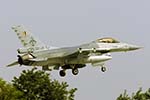 |
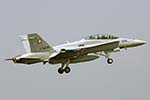 |
|
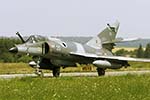 |
|
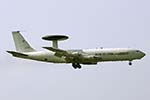 |
|
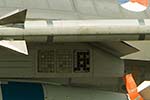 |
|
 |
|
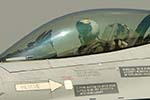 |
|
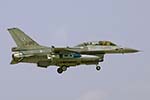 |
|
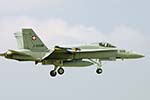 |
|
 |
|
 |
|
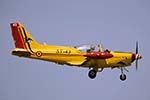 |
Participants:
|
|
Technical details about armament, JHMCS and targeting pods was obtained with the help of FAS and F-16.net. Thanks to Scramble for providing the squadron details. 12 August 2005 |
© Séan Wilson 2005